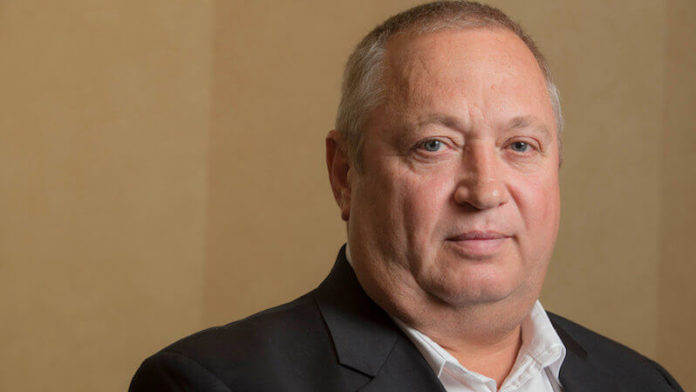
NEAL Froneman, CEO of Sibanye-Stillwater, said the South African government’s approach to the application of the recently redrafted Mining Charter was pragmatic, although certain aspects of the document could attract legal challenges.
“If you read the charter in a black and white format, having to re-empower new mining rights is going to make merger and acquisitions more difficult because you will have to value in re-empowerment. But then the value of the assets may have to come down as someone will have to pick up the costs,” he said.
However, Froneman believed that mines minister, Gwede Mantashe had acknowledged the important of consolidation, especially in the platinum group metal industry, so if there was “a good reason to do things”, so-called sticking points in the charter might be negotiated.
“It’s just a personal point of view; it is not a legal view. I just find a very different minister in place who has an understanding of the big picture,” said Froneman.
Froneman, who was responding to questions during the group’s third quarter production report and strategic update, said the only outstanding mining licence renewal for Sibanye-Stillwater was at its Beatrix gold mine. However, that application had been submitted prior to the application of the new Mining Charter.
Said Froneman: “If there’s anything onerous placed on the company on a renewal, the Minerals and Petroleum Resources Development Act is very clear that no new empowerment is required and that is point of discussion with the DMR [Department of Mineral Resources],” said Froneman.
“That’s my view and I can’t guarantee it. But the interactions that I’ve had indicate that. He’s [Mantashe] firm on the charter, but he’s also firm on the fact that … South African mining … is not a sunset industry. I know where his heart is on this and if there’s a conversation to be had, it will happen,” said Froneman.
Froneman is also one of three deputy presidents of the Minerals Council which is involved in a 60-day process of finalising regulations that will provide clarity on how the Mining Charter will be applied in practice.
The charter has drawn differing views following its redraft and gazetting on September 27. The DMR dropped demands for a 1% pretax dividend in the Mining Charter, but it retained a requirement for more community and employee participation – described as a carried interest – the modalities of which have yet to be defined.
“We believe this legislation is still a better outcome for South African mining risk premia than is currently reflected in South African mining share prices,” said JP Morgan Cazenove analyst, Dominic O’Kane – a view shared by Investec Securities. But other analysts have slammed the document.
According to Paul Miller, MD of CCP 12J Fund Limited, the Mining Charter had “… set a trajectory of progressive, creeping expropriation of investors’ returns”.
Peter Major MD at Cadiz Corporate Solutions, described the Charter as a “manifesto”, and said none of the investors he had shown it to in the United States and Canada during a recent trip “… had been able to get past page four”.










